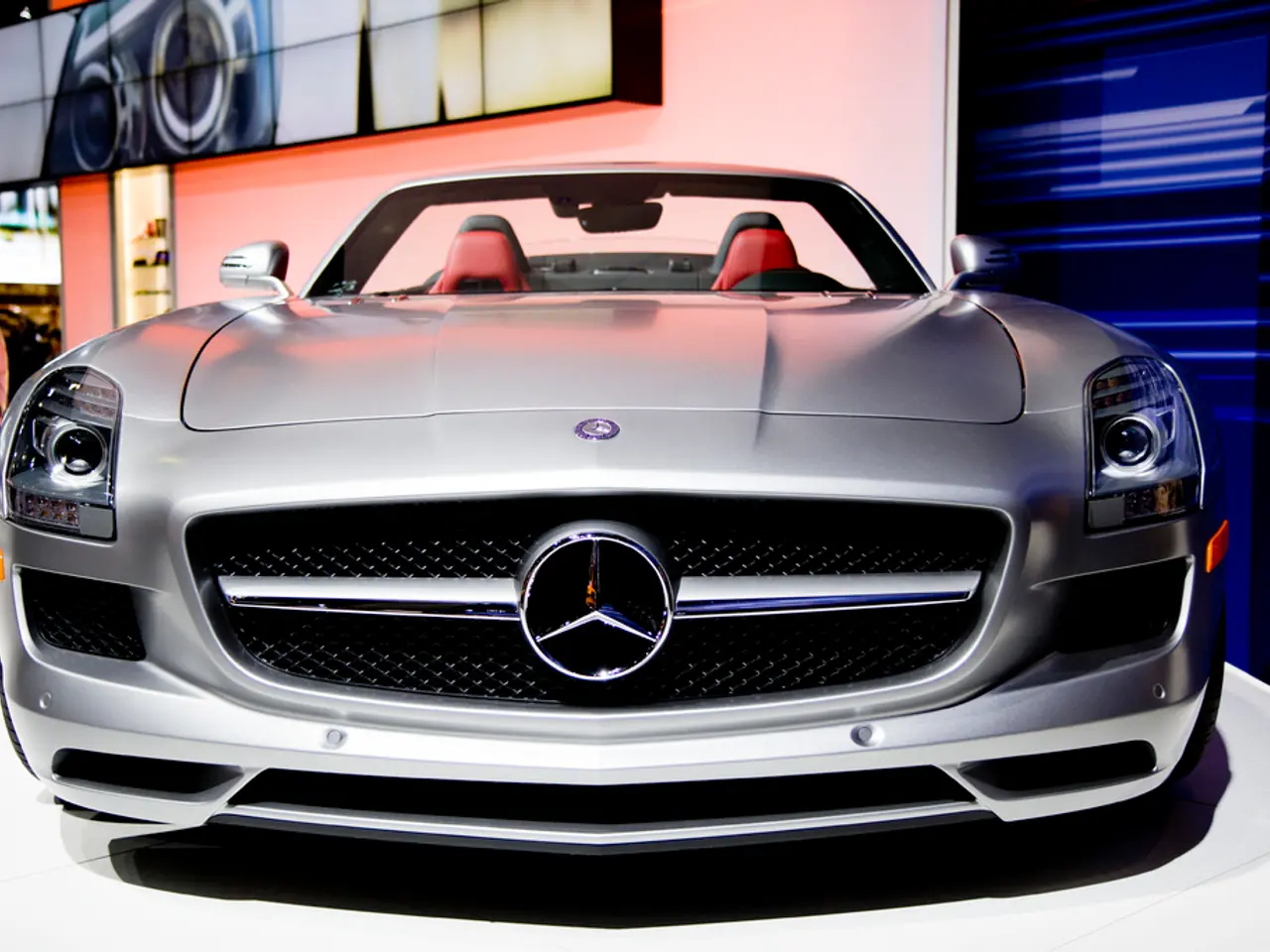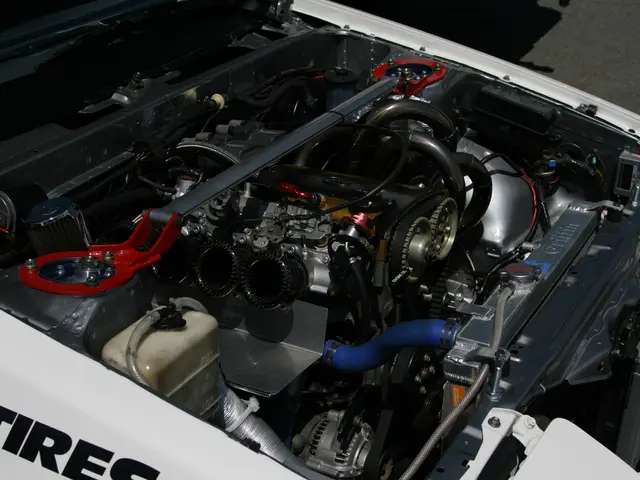Cars' Manufacturers Delay in Reintroducing Physical Controls in Vehicles Explained
In the world of automobiles, the landscape of car interfaces has undergone a significant transformation in recent years. This transformation began with Tesla, which demonstrated a viable path away from traditional physical interfaces in cars with the introduction of the Model S in the early 2010s.
The shift towards all-digital interfaces was largely driven by cost and complexity in designing and manufacturing physical controls. As cars have become more complex, there is a growing need for touch interfaces and software menus to manage the multitude of features.
However, this move towards screens has not been without controversy. A survey by AutoPacific revealed that 48% of respondents think vehicles have too much content displayed on screens, and that it's not safe. This sentiment has led several automakers to reconsider their approach to car interfaces.
Volkswagen was among the first to remove physical buttons from its cars, but later found that customers preferred physical controls for vehicle functions. As a result, Volkswagen, along with Hyundai and Mercedes-Benz, have announced plans to reinstate physical buttons in their cars due to customer feedback.
Mercedes-Benz, in particular, has decided to reintroduce physical keyboards and buttons in their cars starting with the 2024 model year, moving away from the previous trend of full touchscreen controls. This decision was influenced by research conducted by Google, which studied how people engage with infotainment software, and found that users were 'stressed, annoyed, and steamed' when forced to control a vehicle's features through a touchscreen.
Other automakers, such as Honda, have also experimented with all-digital interfaces, only to reintroduce physical controls due to customer demand. Even Tesla, which benefited from a screen-first cabin as its products were developed from scratch without existing physical buttons, has acknowledged the need for a balance between physical and virtual controls.
The auto industry operates on mid-single-digit profit margins, unlike tech companies like Apple, which has contributed to the cost-conscious design decisions made by automakers. However, the development costs of displays have significantly decreased over time, making it more feasible for automakers to incorporate both physical and digital interfaces.
Designers and engineers are now looking for the right balance between physical and virtual controls, with the pendulum expected to swing back towards a balance between all touch and all physical interfaces. This evolution in car interfaces is a testament to the dynamic nature of the automobile industry, as it continually adapts to meet the needs and preferences of its customers.







